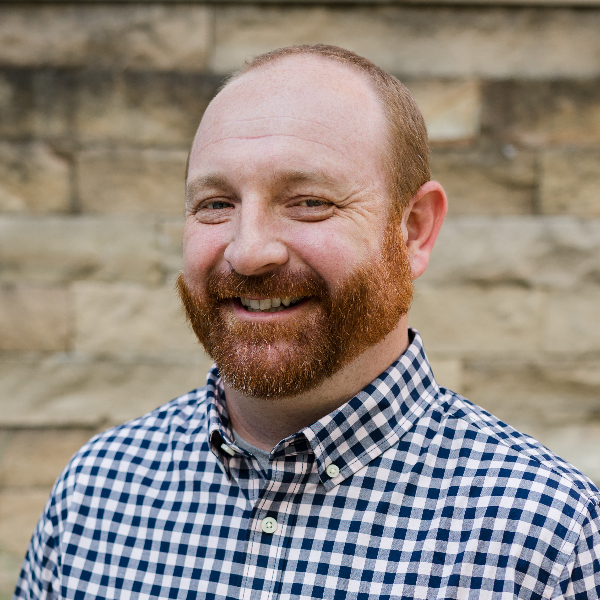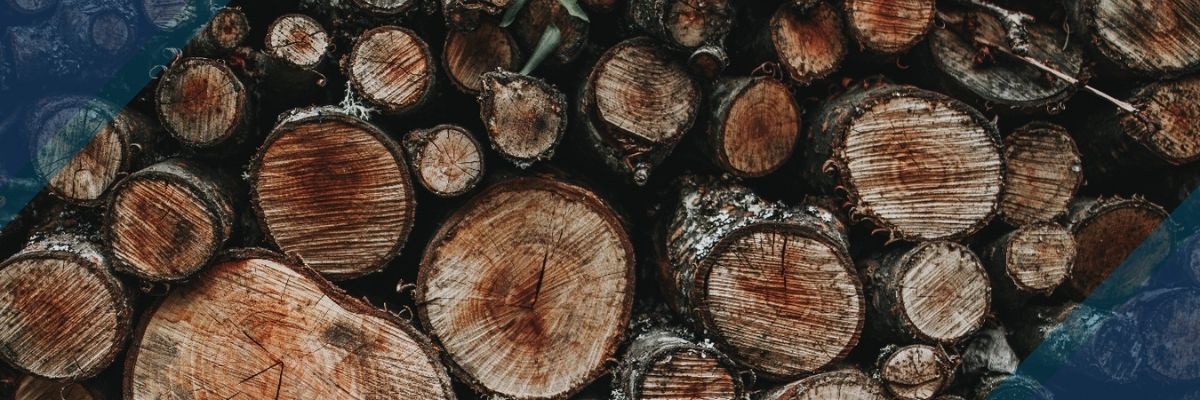One Easy Way to Discover a People Group Community
So your church wants to reach people groups in your community. Or, maybe you had never considered it before you saw this article scroll by in your news feed.
Whatever the case, the Peoples Next Door project exists to help churches figure out how to discover and engage people groups. Truthfully, it is not as hard as you might think. I recently posted an article on a simple method of people group discovery using Google forms to gather information on your community. That posts walks through the nuts and bolts of collecting data. Today, we are going to talk about interpreting that data so that you can find people group communities.
Gather Points of Interest
When collecting information on your community, the simplest method for finding people groups is to look for points of interest. A point of interest is any establishment that can be positively connected to a particular group of people. It may be a restaurant, a temple, a mosque, or a market, but it will cater to a specific affinity of people most often based on nationality or language.
For instance, in the area where my church is located, we have a dozen African hair braiding salons. Almost every one of them is owned and operated by a lady from West Africa, and a great number of their clients are from there too. Alongside these salons are Halal meat markets, international grocery stores, and even a few mosques in our area that all cater to peoples from West Africa.
Use the method discussed two weeks ago. Collecting these points in a simple Google form and plotting them on Google Maps provides a visual representation of your community based on points of interest for different nationalities. Now, the trick is knowing how to read it.
Close Proximity + Diverse Establishment Types = People Group Community
Admittedly, this is not true every, single time, but it is a good rule of thumb when trying to look over information you gather. The easiest way to find a particular people group community, whether it is West African Muslims or South Asian Hindus, is by looking for places on the map where points of interest cluster.
When you find several places that are in close proximity, that is the first clue that an area of town is a gathering place for a particular group of people. This becomes even clearer if there is a diversity in the types of establishments. For instance, if I find a section of town that has five points of interest, but they are all hair braiding salons, I may have simply found the place where West African women come to get their hair done. However, if I find a cluster of points and they are all different types (a salon, a market, a restaurant, a mosque, and a fabric store), then the odds are much higher that I have found a place close to where a community lives. Think about it; when you find a cluster of places that cover all the communities needs, there is a good chance that community is nearby. That is most likely why all of those establishments are located there.
Now, all cities are different, and there is a chance people group communities cannot cluster as easily where you live. Some cities make it easy for groups to live in the same apartment complexes and areas of the city. Other cities are more dispersed and the community is hard to locate. This can be determined by gathering information on these points and then looking for those clusters. Generally speaking, people of like kind will live as close together as possible.
Points of Interest Make Good Third Places
Third places are important to ministry, and your church needs to get out more and visit them. After gathering information on your community through people group discovery, you should have an automatic list of third places to engage that group. As you fill out the online form, not only does it populate the map for you to visualize your community, it builds that handy spreadsheet of locations. Some of these locations will make an excellent entryway into a particular people group community.
Perhaps you uncover a small, international market where people from your church can begin buying their rice and unique spices. Maybe people group discovery will turn up a quaint Ethiopian coffee shop, or a Turkish restaurant. Have your church members become regulars, because these points make great third places to begin people group engagement.
Not sure what to say or do? Download the free step-by-step strategy guide on the resources page to get your church started in the process of finding and reaching the people groups around you with the gospel.




